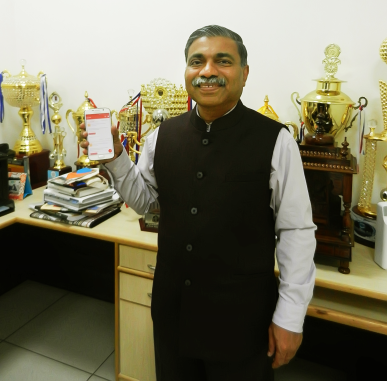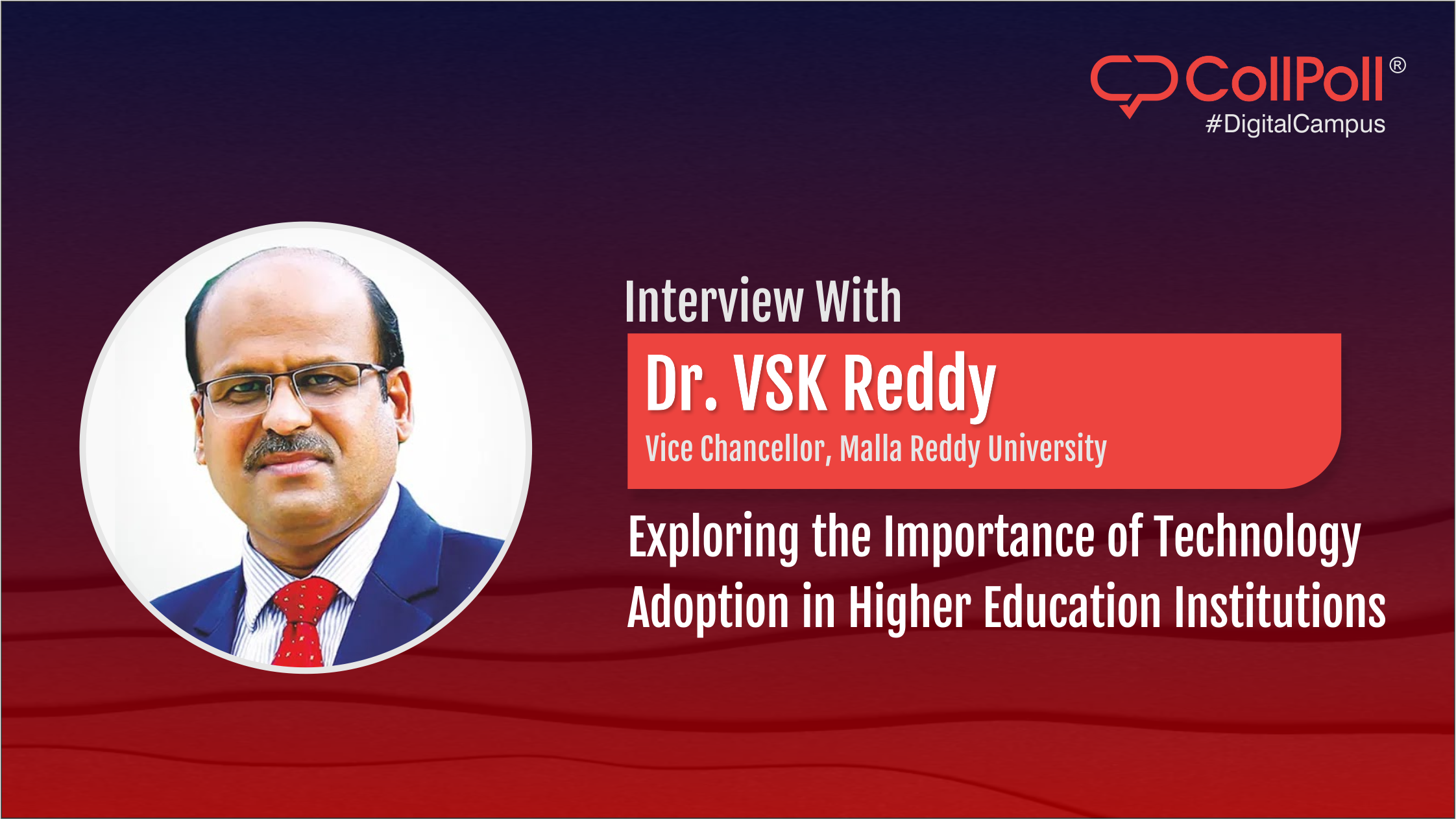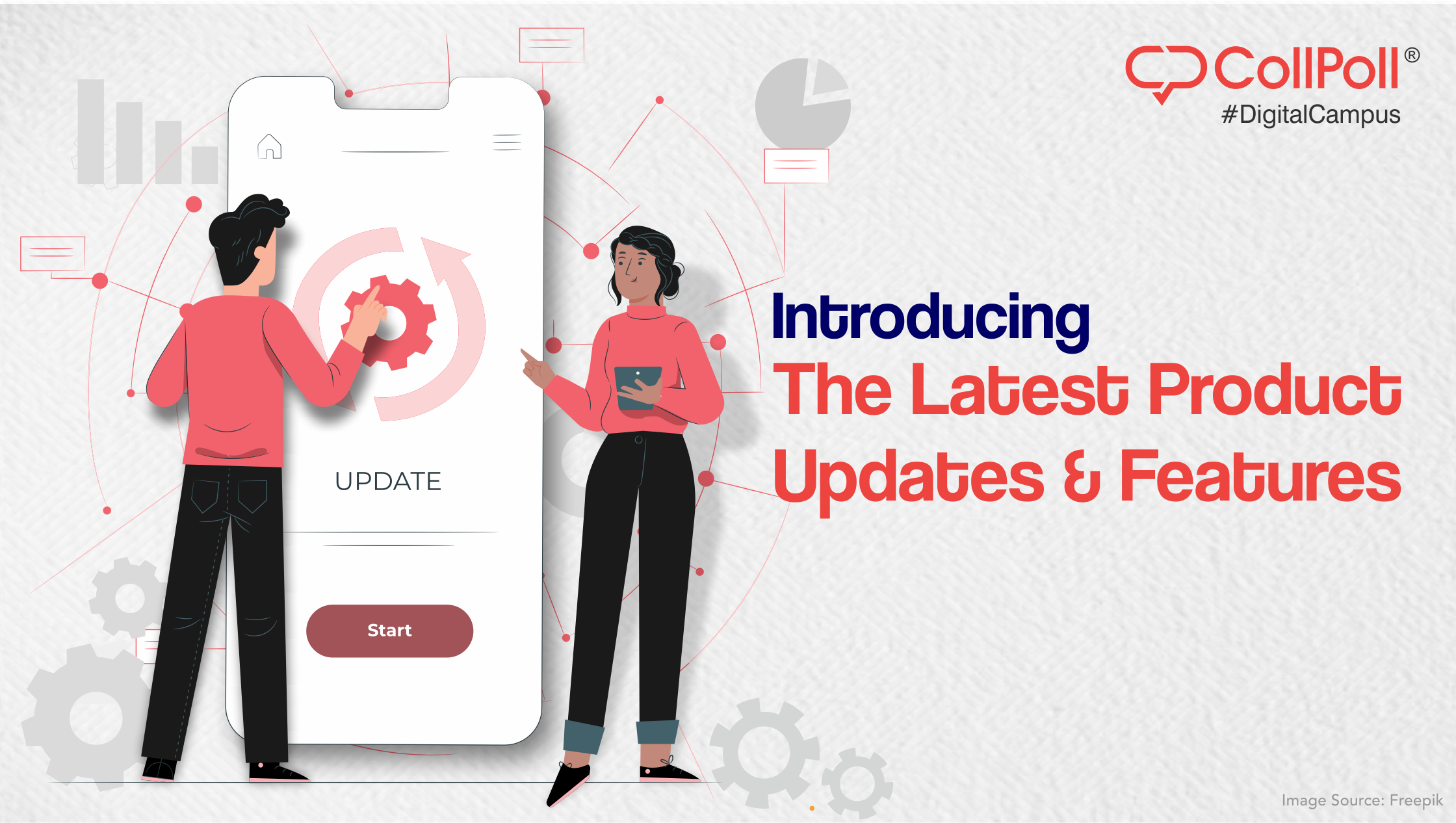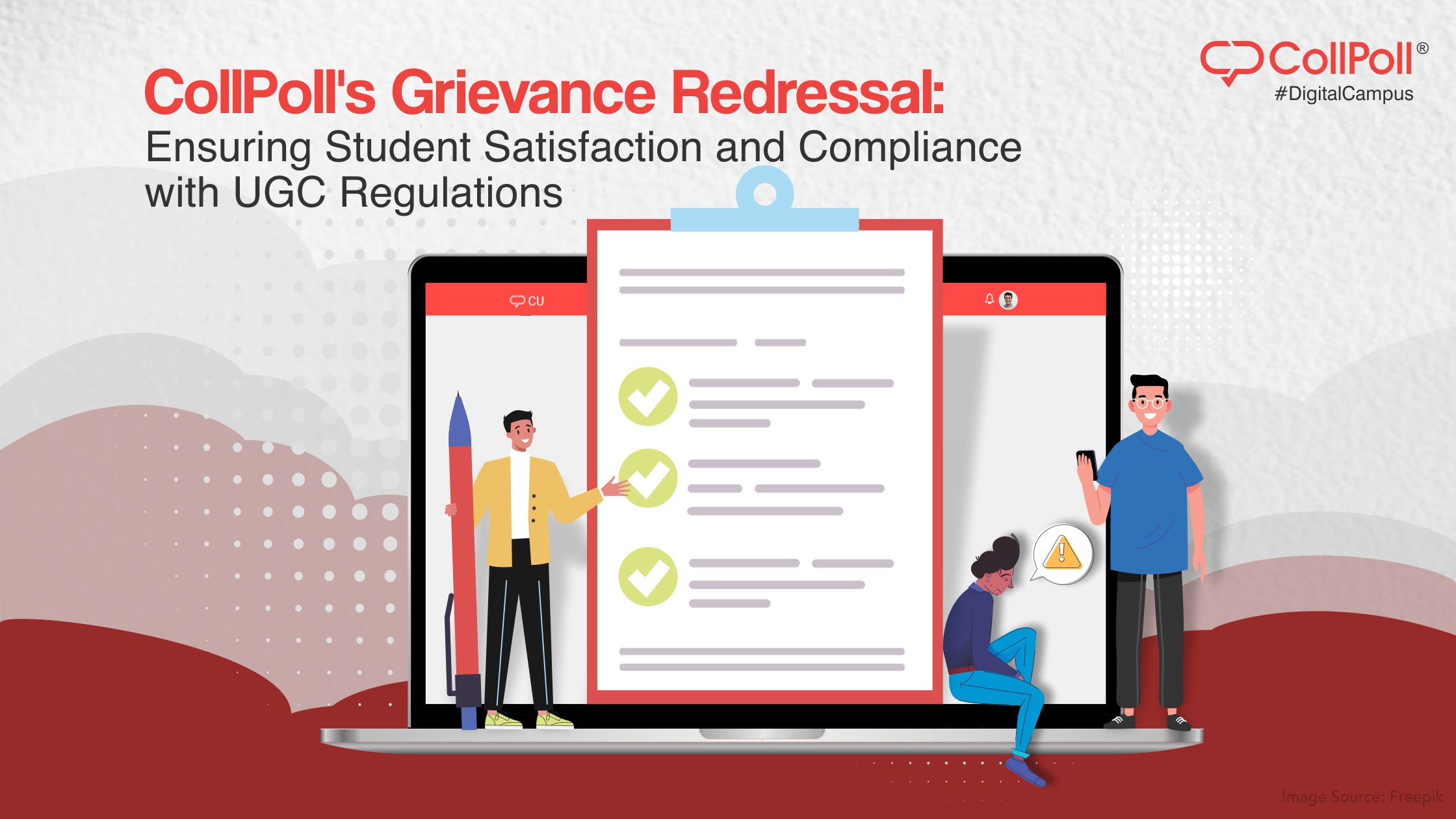Nelson Mandela once said, “Education is the most powerful weapon, which you can use to change the world.” When at Manipal Institute of Technology, the campus reflects the efforts of the remarkable academicians aimed at changing the world for the better through education. The CollPoll team recently had the opportunity to have a very interesting discussion with one of those remarkable academicians, Dr. G.K. Prabhu, the director of MIT. The conversation started with themes like the fast evolving education system of the country and moved on to more campus focused topics like Dr. Prabhu’s active social media connection with his students, MIT and CollPoll’s collaborative effort to enhance the learning experience on campus etc. Here is an excerpt from the chat.

Dr GK Prabhu
Good afternoon Sir! First of all, what is the message you would like to give to students at MIT who have just joined?
Good afternoon. To begin with, we create lots of opportunities for students at MIT; academic excellence is one of them and we like to concentrate on it more. When I happen to converse with the alumni of MIT who have reached great heights, they are mostly of the opinion that apart from all the academic activities happening on campus, participation in the co-curricular ones is also important. So, my message to the freshers is –‘Don’t lose your focus, concentrate on academics as well as participate in all productive activities and explore the opportunities which the campus gives you.’
In today’s world, everything is evolving to become a better version of itself; how far do you think this principle applies to the education scenario of our country currently?
Continuous upgradation is very important in any field and in MIT it starts with change in curriculum. Being a deemed university, MU has that kind of flexibility to initiate and bring about such changes, better known as academic sustainability. This means developing a curriculum which is relevant as well as competent. We start these changes in micro levels, for e.g.-We involve our students and industry partners in our Board of studies. We collectively design a curriculum which is relevant to the scenario. This is one aspect of change. The other aspect is what we call experiential learning. Scope for this type of learning is less in the basic course frameworks, so we support and supplement students by encouraging them to participate in major projects like formula car, supercomputers, satellite, aero-MIT, roboManipal etc. These projects may not be directly linked with the curriculum but involving them helps promote experiential learning. Internationalization is yet another aspect of change at MIT through which students can avail a ‘Study abroad program’ within their degree programme.
What according to you, are the major challenges faced by the education system of the country at this time?
First of all I would like to point out that enhancing the curriculum at MIT is a very easy thing to do. The major challenge I would say is to get faculty members who can use this curriculum to its fullest. This is very crucial as developing and implementing the curriculum mostly depends on the teachers. We even train our teachers to explore newer modes of communication, teaching, evaluating exam papers etc. Luckily for MIT, we have good, qualified, committed teachers but the plan is to take the scenario to the next level in which we will try to develop an international curriculum. For this, we are sending our faculty members on faculty exchange mode to our partner universities so that they can come back with a richer experience. We also have something known as the ‘sabbatical’, during which period the faculty members visit industries, spend some time there and come back with added knowledge.
Sir, what do you think about technology empowerment? How do you think technology empowerment can help address the challenges faced by the education system currently?
Technology empowerment or technology enabled education- which we have implemented on our campus to some extent is certainly the need of the hour. We also have a plan to have virtual classrooms. Suppose we have a very good teacher and everybody would like to hear him/her, or there is an industry person residing in another city like Bangalore. In such a case, it would be difficult for them to arrive for a lecture that lasts for just an hour but if technology is put into use, they can easily deliver interactive lectures from anywhere they prefer. In this regard, I would like to share that recently I made a presentation called ‘Vision 2020’ and was helped by alumni members from all over the world through digital tools without the need of a physical platform. Moreover, technology empowerment can free administrators and faculty members from monotonous jobs like evaluating papers and the productive time saved by the teacher can be used for something better.
Sir, we noticed that you are very active on social media; you even run a project called ‘Director diaries’, where you answer questions collected from students throughout the campus. So, how did you come up with the idea of using social media as a platform to interact with your students?
There are so many new things happening on the MIT campus daily and they are all student centric. But lack of communication might happen because we discuss how to make the learning environment better in the boardroom, where students are not present; while students discuss the issues faced by them on social media where we (administrators and faculty) are not present. Whenever we take a new initiative, we don’t know whether the students will like it or not. So, since I cannot bring all my students into the boardroom, I decided to interact with them through social media. Although before leaning towards social media as a director, I visited all the classes individually (175 sections) and spent 20 minutes in each class to discuss about my initiative to create a communication network social media. This was the first phase or interacting with the students face to face, which lead to the second phase of virtual interaction. Moreover, I was not very tech savvy and I actually invited a team to teach me better usage of digital tools.
Watch this space to read the second part of this motivating discussion with Dr. G.K. Prabhu.





